The first digital cameras didn’t come out of a Kodak laboratory or from deep inside the R&D department of the CIA or National Reconnaissance Office. The digital camera first appeared in the pages of Popular Electronics in 1975, using a decapsulated DRAM module to create fuzzy grayscale images on an oscilloscope. For his Hackaday Prize project, [Alexander] is recreating this digital camera not with an easy to use decapsulated DRAM, but with individual germanium transistors.
Phototransistors are only normal transistors with a window to the semiconductor, and after finding an obscene number of old, Soviet metal can transistors, [Alex] had either a phototransistor or a terrible solar cell in a miniaturized package.
The ultimate goal of this project is to create a low resolution camera out of a matrix of these germanium transistors. [Alex] can already detect light with these transistors by watching a multimeter, and the final goal – generating an analog NTSC or PAL video signal – will “just” require a single circuit duplicated hundreds of times.
Digital cameras, even the earliest ones built out of DRAM chips, have relatively small sensors. A discrete image sensor, like the one [Alex] is building for his Hackaday Prize entry, demands a few very interesting engineering challenges. Obviously there must be some sort of lens for this image sensor, so if anyone has a large Fresnel sitting around, you might want to drop [Alex] a line.

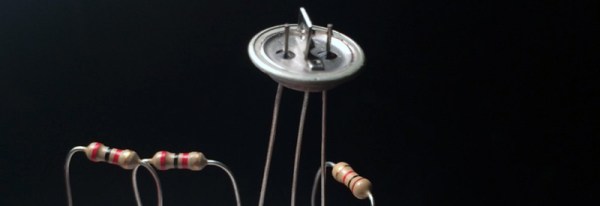





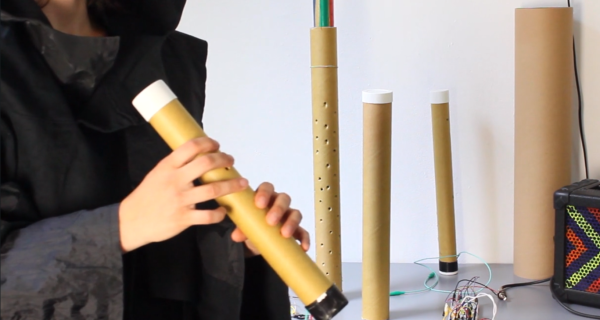
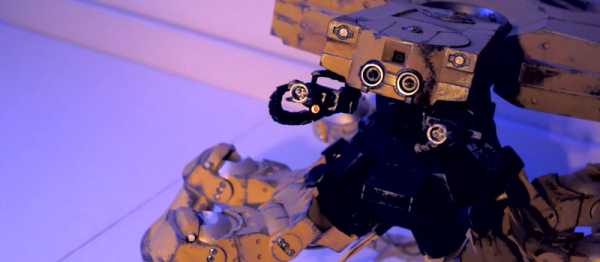
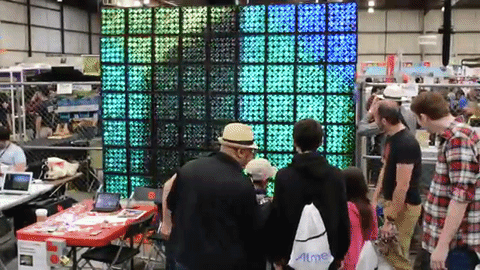


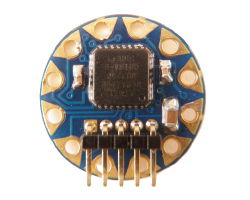 [Rob Bailey] likes to build things and he likes ham radio. We are guessing he likes mints too since he’s been known to jam things into Altoids tins. He had been thinking about building a code practice oscillator in a Altoids Smalls tin, but wasn’t sure he could squeeze an Arduino Pro Mini in there too. Then he found the TinyLily Mini. The rest is history, as they say,
[Rob Bailey] likes to build things and he likes ham radio. We are guessing he likes mints too since he’s been known to jam things into Altoids tins. He had been thinking about building a code practice oscillator in a Altoids Smalls tin, but wasn’t sure he could squeeze an Arduino Pro Mini in there too. Then he found the TinyLily Mini. The rest is history, as they say, 








